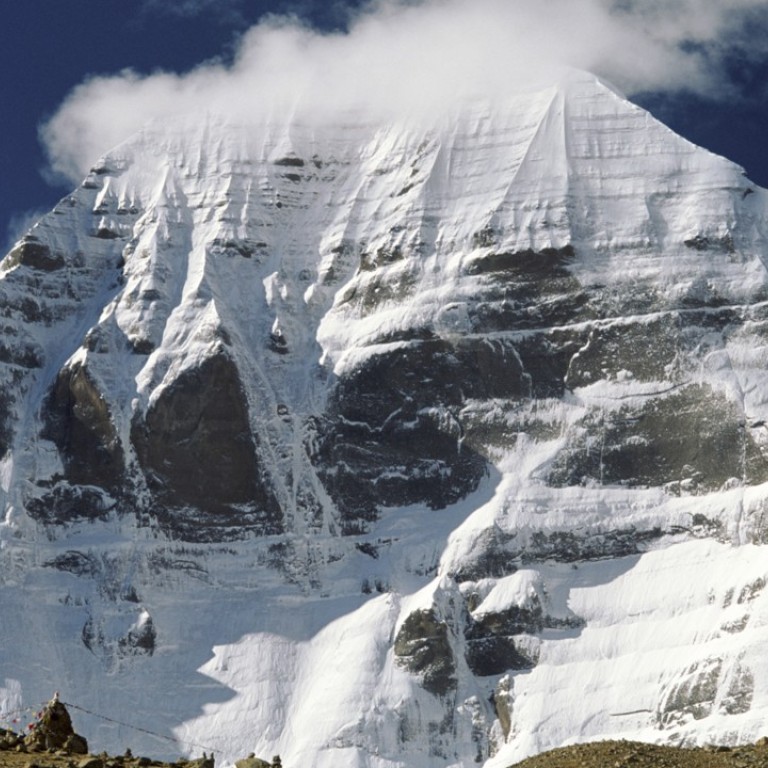
Hiking round Mount Kailash in Tibet, world’s most sacred mountain, and how to train for it
Hong Kong-based pair talk about their high-altitude trek around revered mountain in Tibet, the pilgrims they passed, and how to prepare physically for the challenge
The journey begins with a bone-jarring four- or five-day road trip to the starting point in a remote, isolated and inhospitable corner of western Tibet. Then the 52km (32-mile) trek over a winding rocky trail commences at an altitude of 4,600 metres above sea level, which will eventually rise to 5,650 metres and average 5,000 metres over the whole journey.
Occasional snowfalls, strong winds and sub-zero temperatures accompany the low-oxygen rarefied air, and only the most basic amenities are available along the way.
You’re destined to fail in pursuit of ultimate happiness. Try this instead
The trek – called the Kora in Tibetan – is the circumambulation of one of the most revered mountains in the world, Mount Kailash. Thousands of people embark upon this test of mental and physical endurance every year and have been doing so since time immemorial.
At 6,638 metres high, Kailash is no match in height for Everest and other Himalayan giants. Its grandeur lies in its distinct pyramid-like shape, formed by the four sheer faces of its snow-capped summit that are perfectly aligned with the four points of the compass. Its mountain streams feed into the nearby sources of four great rivers: the Indus, the Brahmaputra, Sutlej and Karnali. At its foothill lies the pristine Manasarover, one of the highest freshwater lakes in the world.
Steeped in history and lore, Kailash is sacred to several religions. The Hindus believe it to be the abode of the god Shiva, known as “the destroyer and transformer” and the founder of yoga. The Jains believe that the founder of their faith, Rishabhdev, attained moksha, or salvation, at Kailash. Buddhists call it “Gangs Rinpoche”, meaning precious jewel of snow, and consider the mountain the home of the deity Demchog.
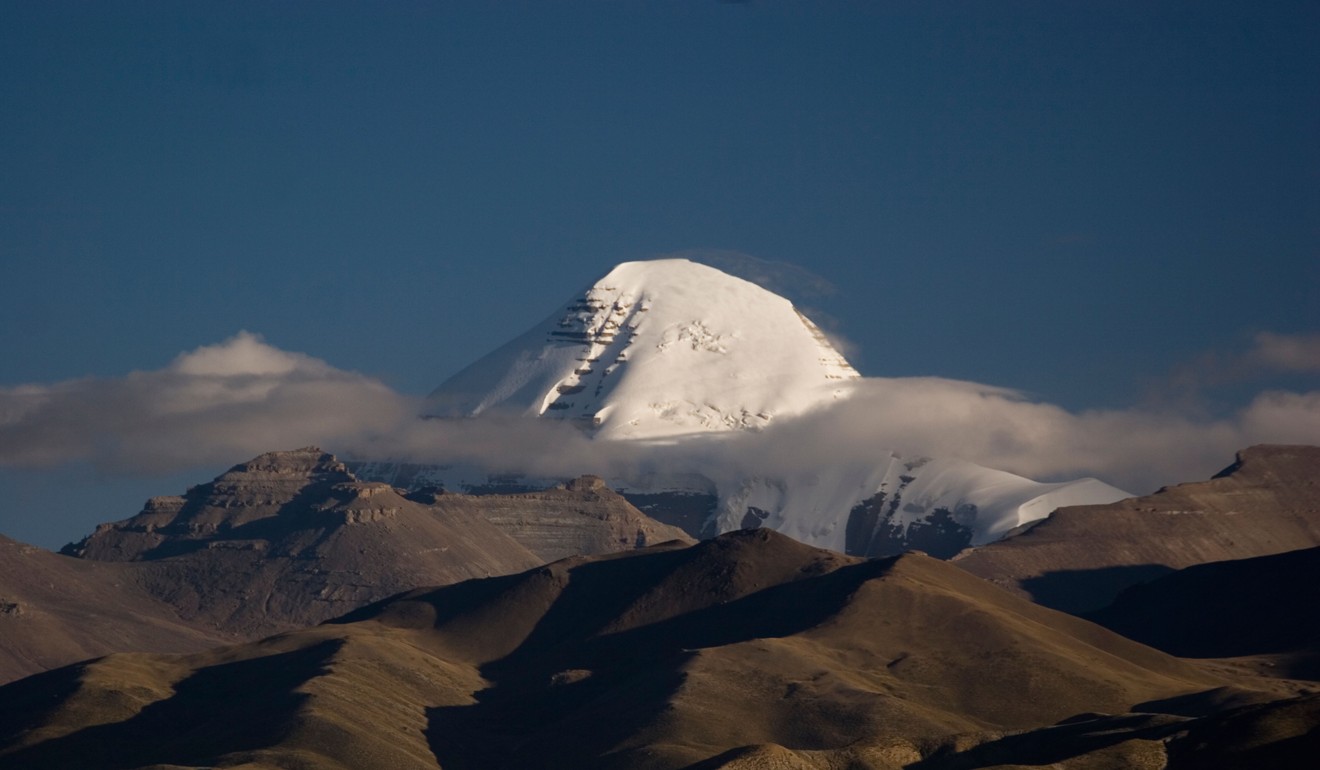
Kailash is venerated with such intensity that no one has scaled its summit to this day. To climb it would be to defile what is sacrosanct to millions. (Climbers unconcerned with religion will almost certainly not be given permits either, especially after the international backlash that accompanied reports of a Spanish team being given permission to climb it in 2001.)
For Hindus and Buddhists, the mountain trek is considered a sacred undertaking, freeing them of their past sins. Walking around it 108 times is believed to deliver nirvana.
Most people who undertake the trek are neither elite athletes nor seasoned mountaineers. They are ordinary people, driven by faith.
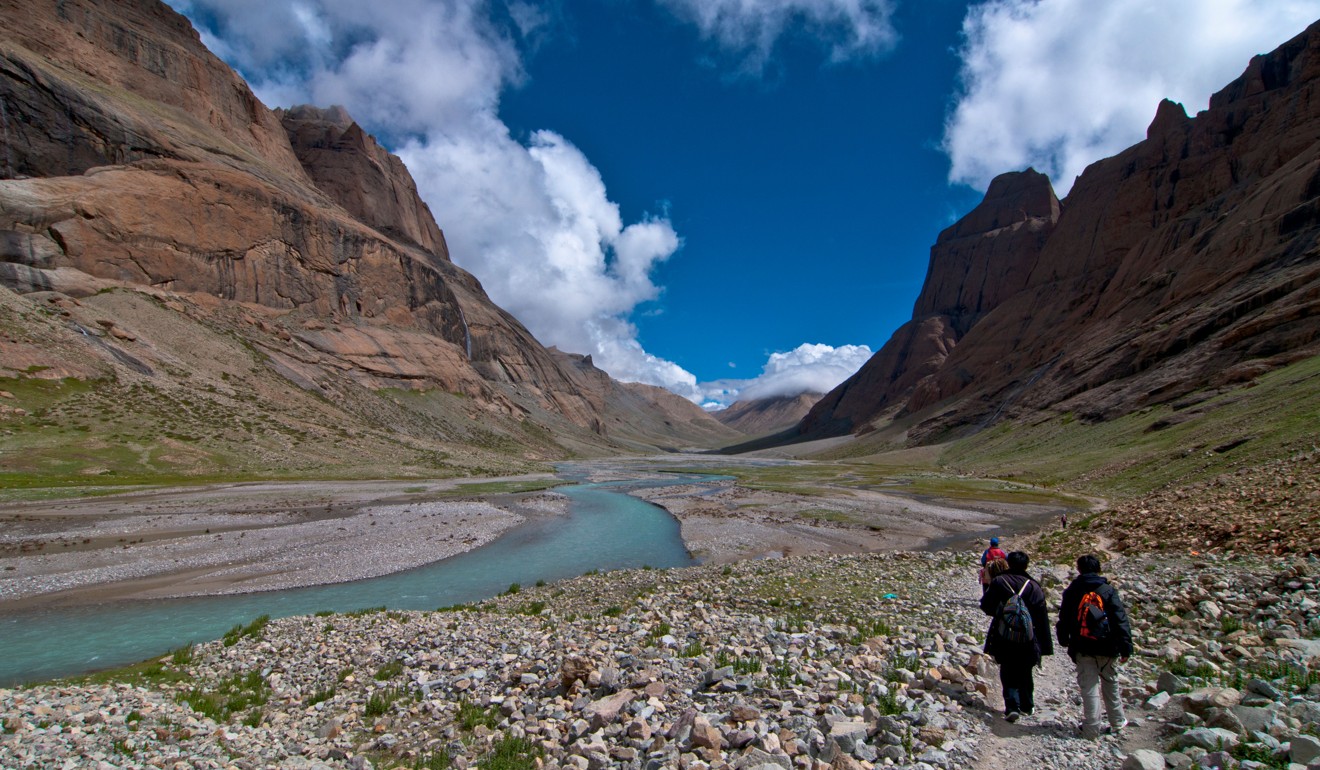
Fabrice Jacob, a 54-year-old Frenchman who has lived in Hong Kong for 24 years and runs an asset management company, and Sudhakar Narayana, a 47-year-old Indian and long-time Hong Kong resident, recently returned from trekking the sacred mountain.
“I have been interested in Buddhism for a long time,” Jacob says. “My journey to Kailash was a calling, a deep longing.”
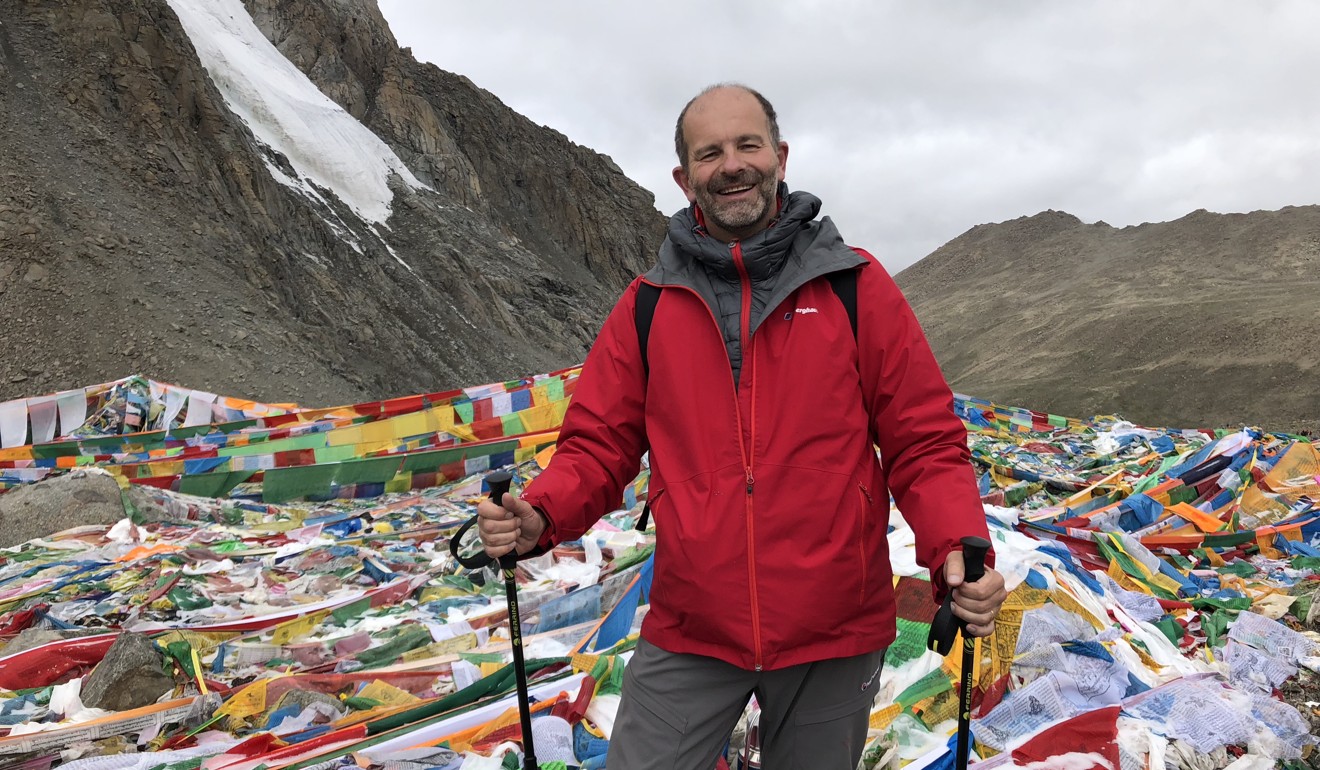
Narayana explains that this was his second trip to the mountain. “I went to Kailash with my mother-in-law five years ago. She was 67 years old then, but faster and fitter than me. I couldn’t keep up with her and was left breathless and exhausted. We encountered heavy snowfall along the way and had to turn back. I promised myself that I would return to complete it,” he recalls.
His return trip was more successful. “When I saw the mountain up close, I felt exhilaration, awe and reverence, all at once,” he says. “It brought tears to my eyes.”
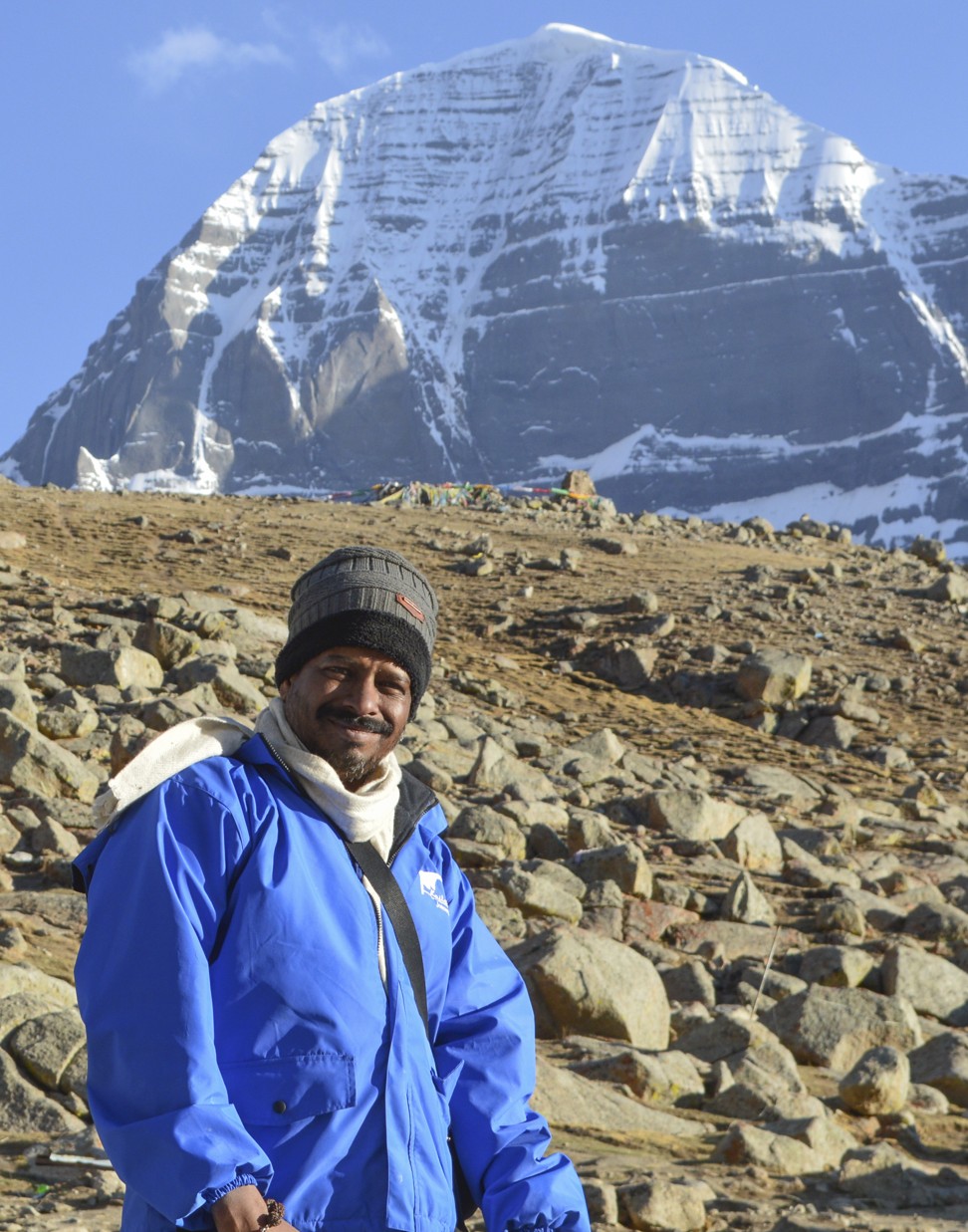
Jacob started the Kora walking clockwise, keeping Kailash to his right. “The first day we hiked 22km, lumbering through a barren river valley, a treeless plain dotted with herds of yaks and nomads. Trudging further we reached the west face of the mountain, which gives the most stunning view of Kailash.
“Hindus were chanting ‘Om namah Shivaya’, meaning salutations to Lord Shiva. Buddhists with prayer beads in their hands were chanting ‘Om mani padme hum.’ I felt I was a part of something divine.”

“I witnessed the most gruelling display of faith,” Narayana says. “I saw two women take three steps, then prostrate themselves on the trail with their arms outstretched. They would stand up and repeat the process and would do so again and again all the way around the mountain, which would take them three to four weeks.”

Jacob says the second day – which saw him trek to the Dolma La, a pass that is the highest point of the Kora at 5,650 metres – was much harder. “After a flat walk, the valley narrowed into a gorge and we started to climb in earnest. The dramatic reduction in oxygen with the increasing altitude made it hard to breathe. Weary lungs and legs carried me up the winding route till a beautiful sight came into view.
“A field of brilliant prayer flags, attached to one another by strings, lay on the rocks, flying in all directions. Mantras and blessings were written on these flags. It is said the mountain wind carries them down to the plains below.”
Anyone who goes to Kailash never returns the same. The mountain humbled me, making me realise what a minuscule part of creation I am
Narayana knew he had reached the Dolma La when he saw the flags. He says exhausted pilgrims sat in groups, some drinking hot tea, others touching their palms and foreheads to rocks. Monks sat facing one another in silence as people passed confectionery in dazed celebration.
“From here it was a steep descent over rocky paths and loose stones to the valley,” he says. “A feeling of sadness enveloped me, knowing that the parikrama [circumambulation] would be over soon.”
Both Jacob and Narayana finished the Kora in two days (most people take three days to complete it). Neither got injured and both finished feeling strong.
Jacob ascribes this to the fitness regimen his trainer, Ross Eathorne, put him through.
“My main goal was to remain injury- free,” Jacob says. “I trained three times a week with Ross over four months.”

Eathorne, an exercise kinesiologist with 25 years of experience, did a flexibility assessment on Jacob before creating the training programme to see the range of motion of his muscles and joints. “Fabrice had rounded shoulders, a stiff upper spine and tight hamstrings,” he says. “He had mobility issues in the left ankle and the right glutes were weak.”
Eathorne split the programme into three phases. The first was a muscle-balancing programme to restore Jacob’s flexibility, stability and postural alignment to prevent injuries. The second integrated the newly active muscles and added strength. The third was a peak-performance phase with a focus on gait-specific movement patterns.
“We did some high-intensity sessions to mimic what moving would be like at 5,600 metres altitude,” he says.
I felt completely detached and at one with the universe at the foot of the holy mountain
Narayana did not feel short of breath even on the Dolma La. He ascribes this to his daily practice of pranayama, which involves breath work and meditation. The practice helps to regulate breathing and maximise lung capacity, which becomes critical at high altitudes where the oxygen level can be barely half that at sea level.
Narayana says two breathing exercises in particular – ujjayi and bhastrika – helped him increase his lung capacity tremendously. Ujjayi, which means the breath of victory, involves taking slow deep breaths through the nose, directing the air down and up the back of the throat while making a loud “ha” sound.
Bhastrika means bellows, and the exercise involves inhaling and exhaling air rapidly and forcefully through movement of the diaphragm. This is supposed to help detoxify the body by removing carbon dioxide from the blood stream, allowing for greater oxygen intake once you return to normal breathing.
“I was able to breathe normally even as the air thinned, which helped me conserve energy,” says Narayana, whose wife is a yoga teacher. “My pranayama and meditation practice gave me a steady mind and a strong will. I felt a sense of quietness and stillness as I climbed.”
To build his stamina, he also swam and did cardio workouts four times a week.
Tips to stay in the moment during endurance sports
“Anyone who goes to Kailash never returns the same,” he adds. “The mountain humbled me, making me realise what a minuscule part of creation I am. My dream is to do the Kora 12 more times so that I can be liberated from the sins of all my lifetimes.”
For Jacob, the journey gave him a new perspective. “I felt completely detached and at one with the universe at the foot of the holy mountain. Kailash is a journey that takes you inwards. And that is the beginning of the real journey.”
Getting there
Most foreign travellers start their journey to Mount Kailash from Lhasa (travellers in China’s Tibet Autonomous Region must join an organised tour that includes a private vehicle, driver and tour guide and requires multiple travel permits). Sichuan Airlines flies from Hong Kong to Lhasa via Chengdu. Alternatively, fly to Xining and take the train from there to Lhasa. The quickest connection from Hong Kong to Xining is via Guilin. Connections via Shanghai, Beijing or Chengdu are also available.

